This course is composed largely of self-directed and flexible modules that are project-oriented and driven significantly by student interests. This course sequence enables students to expand on their knowledge of C++/Java programming and gain proficiency in circuit design, breadboarding, and various hardware interactions involving light, sound, sensors, motors, and servo control. Armed with these skills, students can modify robots and craft unique creations in each module in the sequence. For students seeking practical applications of science and mathematics in everyday scenarios, these modules offer pertinent avenues to refine and enhance their understanding. Additionally, those adept in mathematics and confident in interdisciplinary engineering are encouraged to pursue the Intensive option within this course (SCI131A). Students have the flexibility to enroll in both modules of the sequence in one academic year or across multiple years.
Module 1: Introduction to Physical Computing
This introductory module emphasizes C++ coding techniques and hardware interactions with embedded controllers. Students build on their coding skills by using variables, mathematics, loops, and computer logic to program physical devices. Students engage in circuit building using online emulators, microcontrollers, breadboards, and printed circuit boards to experiment with LED lighting effects, sensors, motors, displays, audio emitters, and other devices.
Prerequisite (Module 1): Class of 2025: no prerequisite; Class of 2026 and beyond: Introduction to Programming (MAT750A) or placement test
Module 2: Sensing the World with Robotics
Focused on integrating electronic sensory devices into mobile autonomous robotics, this module assigns each student their own robot to work with. Once students demonstrate proficiency in more advanced programming principles, CAD design, and electronics, they embark on creating, building, and programming multiple robotic applications to execute autonomous tasks, incorporating simple feedback-control systems.
Prerequisite (Module 2): Class of 2025: Physical Computing and Robotics (mod 1) or AP Computer Science (at least one credit completed prior to the start of this course); Class of 2026 and beyond: Physical Computing and Robotics (mod 1)
Min-Max Credit Hours: 1.0-2.0




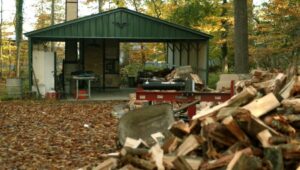

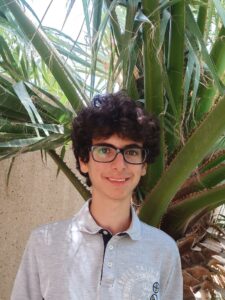 Monastir, Tunisia, and Amman, Jordan
Monastir, Tunisia, and Amman, Jordan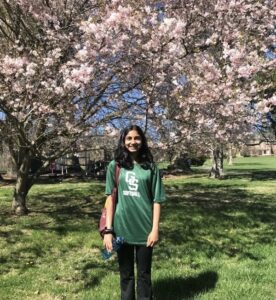 Irvine, CA
Irvine, CA Feasterville-Trevose, PA
Feasterville-Trevose, PA New Hope, PA (Previously NYC)
New Hope, PA (Previously NYC) Richboro, PA
Richboro, PA Englewood, NJ
Englewood, NJ Ningbo, Zhejiang, China
Ningbo, Zhejiang, China Willingboro, NJ
Willingboro, NJ Yardley, PA
Yardley, PA Newtown, PA
Newtown, PA Holicong, PA
Holicong, PA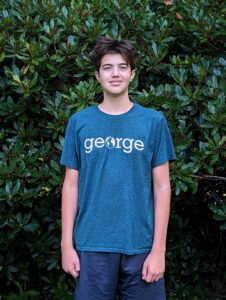 Newtown, PA
Newtown, PA Hamilton, NJ
Hamilton, NJ Yardley, PA
Yardley, PA Lambertville, NJ
Lambertville, NJ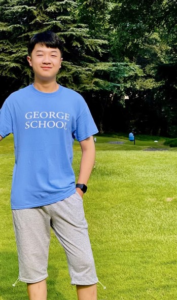 Chongqing, China
Chongqing, China Pennington, NJ
Pennington, NJ Yardley, PA
Yardley, PA Bensalem, PA
Bensalem, PA Borgota, Colombia
Borgota, Colombia Newtown, PA
Newtown, PA Burlington, NJ
Burlington, NJ Langhorne, PA
Langhorne, PA Princeton, NJ
Princeton, NJ Langhorne, PA
Langhorne, PA New York City, NY
New York City, NY New Hope, PA
New Hope, PA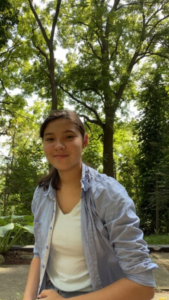 St. Catharines, Ontario, Canada
St. Catharines, Ontario, Canada Providenciales, Turks and Caicos Islands
Providenciales, Turks and Caicos Islands Willingboro, NJ
Willingboro, NJ Princeton, NJ
Princeton, NJ
 Newark, NJ
Newark, NJ Trenton, NJ
Trenton, NJ Newtown, PA
Newtown, PA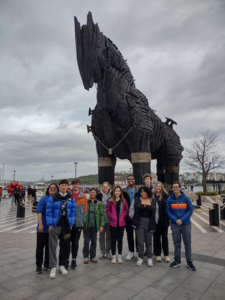
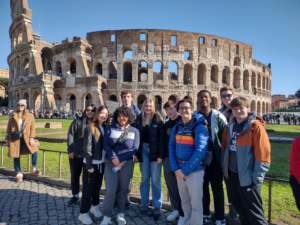
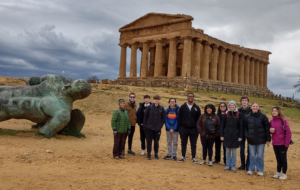
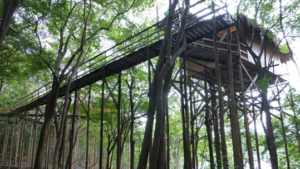
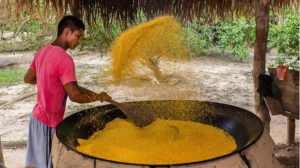


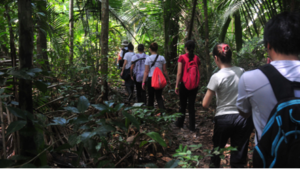
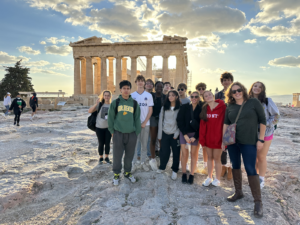
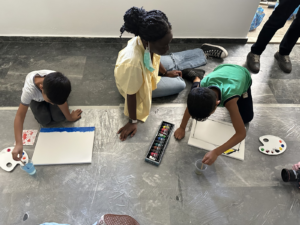
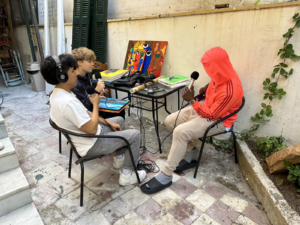

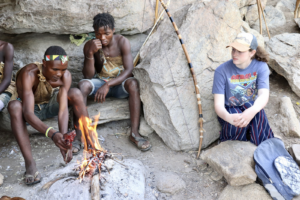
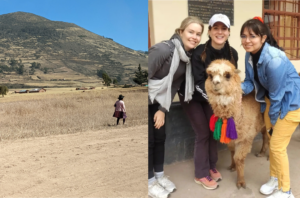





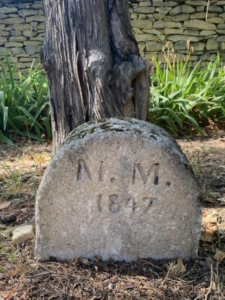
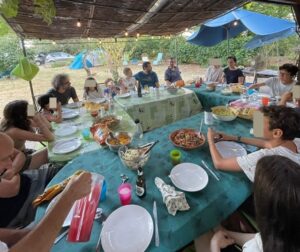

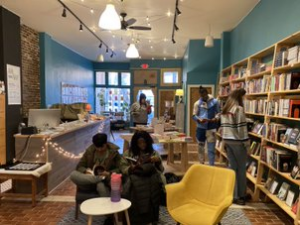
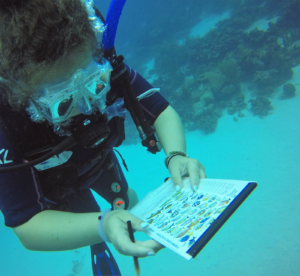

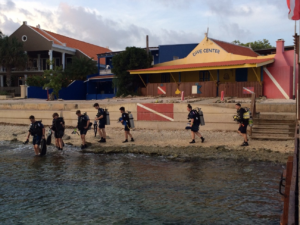
 Lawrence, NJ
Lawrence, NJ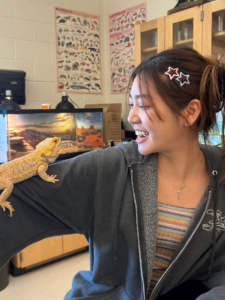 Seoul, South Korea
Seoul, South Korea
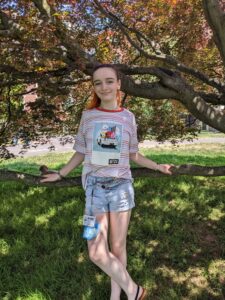 Milwaukee, Wisconsin
Milwaukee, Wisconsin Pennington, NJ
Pennington, NJ Jenkintown, PA
Jenkintown, PA Ottsville, PA
Ottsville, PA Yardley, PA
Yardley, PA Providenciales, Turks and Caicos Islands
Providenciales, Turks and Caicos Islands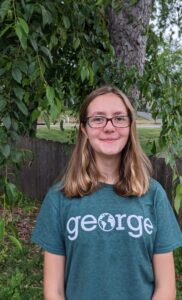 Hopewell, NJ
Hopewell, NJ
 Pottstown, PA
Pottstown, PA Playa del Carmen, Quintana Roo, México
Playa del Carmen, Quintana Roo, México Shanghai, China
Shanghai, China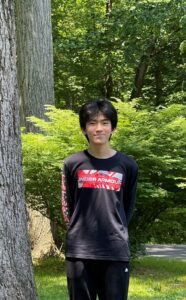 Beijing, China
Beijing, China Yardley, PA
Yardley, PA Beijing, China
Beijing, China Holland, PA
Holland, PA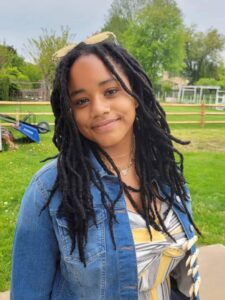 Langhorne, PA
Langhorne, PA Ringoes, NJ
Ringoes, NJ New Hope, PA
New Hope, PA Dreshner, PA
Dreshner, PA Yardley, PA
Yardley, PA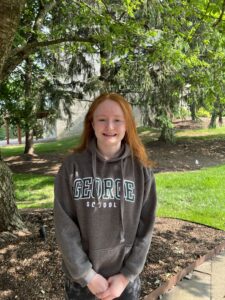 Yardley, PA
Yardley, PA PA
PA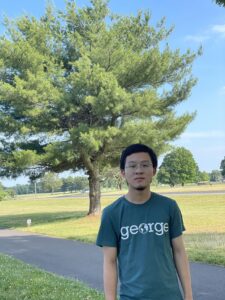

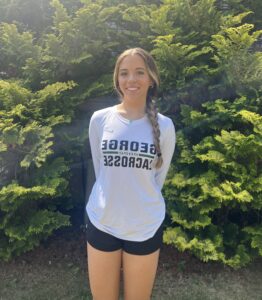
 Xi’an, China
Xi’an, China





